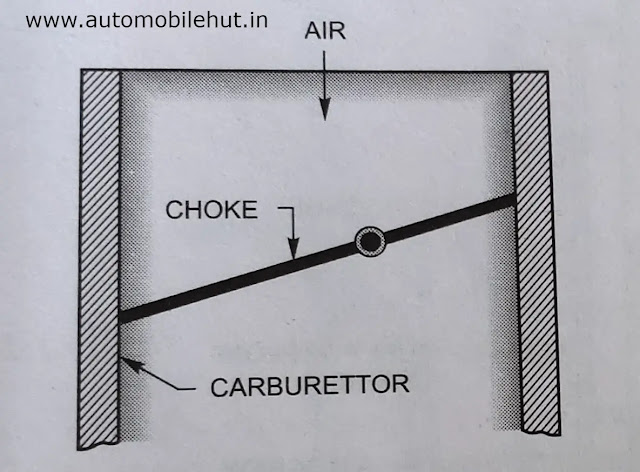Inspection of Engine Components
Cylinder Head
A fuel injection nozzle is a component of an internal combustion engine that is responsible for delivering fuel into the engine’s combustion chamber. The nozzle is designed to atomize the fuel into a fine mist, which improves combustion efficiency and reduces emissions.
Prior to putting it into operation or after cleaning and changing the filter element the filter must be filled with fuel oil through the filler plug orifice on the filter cover. After filling, the filler plug should be replaced immediately and the filtered air vented.
With the effective compression ratio of 14:1, the initial temperature of 60 degrees Celsius, and assuming true adiabatic compression, the resulting temperature at T.D.C would be 675 degrees Celsius. These conditions would be approximately attained at fuel load and full speed. This temperature of 675 degrees Celsius is more than sufficient to ignite diesel fuels, which have self-ignition temperatures in the air at atmospheric pressure ranging from 350 degrees Celsius to 450 degrees Celsius.
If the carburetor is set to work at high speeds at full throttle opening, it will not work at low speeds at part throttle opening, because the suction created at the venturi will not be sufficient to draw fuel from the main nozzle.
 |
| Eccentric mounting of choke. |
 |
| Strangler on the choke. |
Motorcycle engine tuning involves changing the air-fuel mixture, adjusting the ignition timing, or modifying the exhaust system. Proper tuning can improve the motorcycle’s power output, acceleration, and fuel efficiency. Both the changing improvements will be discussed later.
One of the primary components of motorcycle engine tuning is adjusting the fuel-air mixture. This is done by adjusting the carburetor or fuel injection system to achieve the optimal air-to-fuel ratio. The ideal ratio depends on the engine and the operating conditions, such as temperature and altitude. A lean mixture, where there is too much air and not enough fuel, can cause the engine to run hot and can lead to damage over time. On the other hand, a rich mixture, where there is too much fuel and not enough air, can cause the engine to run poorly and can reduce fuel efficiency.
Another important component of motorcycle engine tuning is adjusting the ignition timing. This involves adjusting the timing of the spark plug to ensure that the fuel-air mixture is ignited at the optimal time. This can significantly impact the engine’s power output and overall performance. Ignition timing is typically adjusted by rotating the distributor or by using a programmable ignition system.
Modifying the exhaust system is another way to improve the performance of a motorcycle engine. The exhaust system is responsible for expelling the exhaust gases from the engine, and a well-designed exhaust system can improve the engine’s power output and overall efficiency. This can be achieved by increasing the diameter of the exhaust pipe or by using a free-flowing muffler. However, it is important to note that modifying the exhaust system can also increase the noise level of the motorcycle, which may not be desirable in all situations.
In addition to these components, several other factors can affect motorcycle engine tuning. For example, the type of spark plug used can impact the engine’s performance, as can the quality of the fuel being used. The engine’s compression ratio can also have an impact on performance, with a higher compression ratio typically leading to increased power output. Finally, the weight of the motorcycle and its components can also impact its performance, with a lighter motorcycle typically performing better than a heavier one.
It’s important to note that the exact steps required to tune a motorcycle engine will vary depending on the specific make and model of the motorcycle, as well as the type of engine it has.
It’s essential to note that tuning a BS6 engine must not compromise its emission compliance, which is crucial to protecting the environment and complying with regulations.
By adjusting the air-fuel mixture to the optimal ratio, the engine can operate more efficiently and with improved performance. This can result in better acceleration, more power output, and improved fuel efficiency. It’s important to note that changing the air-fuel mixture can have significant impacts on the engine, and it should only be done by those who have a deep understanding of the engine and its components. Improper tuning can lead to damage to the engine, decreased performance, and potential safety hazards.
The Carter carburetor diagram is similar to the Zenith carburetor. It consists of many circuits and internal parts. Here is …
The SU carburetor is a type of carburetor that was widely used in British cars from the 1930s to the …